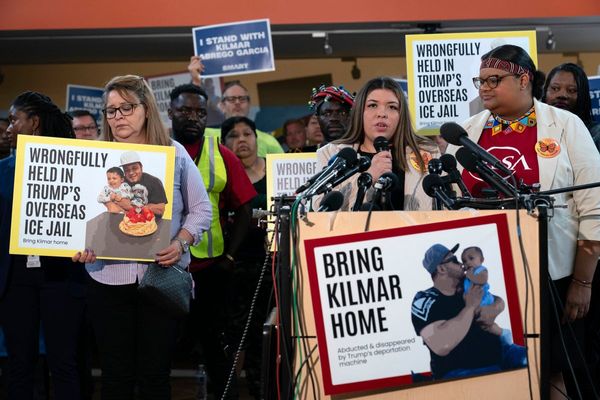Perhaps it was inevitable — what goes up, up, up, must come down eventually. Homes in the Bay Area are now selling for less than they were a year ago, the only part of California where that is true, as rising interest rates continue to throw cold water on the region’s once-scorching pandemic real estate market.
In September, the median price of existing single-family houses in the nine-county region was down 2.6% compared to the same month in 2021, albeit a still-pricey $1.26 million, according to data from the California Association of Realtors. That was the third consecutive month of year-over-year declines.
Oscar Wei, deputy chief economist with the association, said the reasons why only the Bay Area is seeing a drop could be because more people are moving out of the region. Also, home prices have more room to fall here after spiking higher last year than anywhere else in the state.
But on a monthly basis, prices across California have been on a nosedive since interest rates began to rise earlier this year, spiking monthly payments and squeezing many buyers out of the market.
“The bottom line is still about interest rates,” Wei said. “In the upcoming months, I wouldn’t be surprised if we continue to see a decline in price.”
The Bay Area actually saw a slight price bump from August to September. But Wei chalked that up to a short-lived run-up in the stock market — spurring some of those in the region’s tech industry to cash out a piece of their sizable investment portfolios and buy a home.
Year over year, San Mateo County saw the largest price drop of any core Bay Area county, with median prices falling 5.8% to $1.86 million. That was followed by San Francisco with a 5.7% decline to $1.65 million; Alameda County with a 4.6% drop to $1.24 million; and Contra Costa County with a 1.7% dip to $882,000.
Santa Clara County, meanwhile, bucked the trend, with prices increasing 4.3% to $1.7 million.
While prices there remain higher than a year ago, Ramesh Rao, a Silicon Valley real estate agent, said his local market has cooled considerably from earlier this year.
Throughout most of the pandemic, house hunters — many untethered from the office by remote work and buoyed by historically low interest rates — had been locked in a mad scramble for homes, sometimes bidding hundreds of thousands of dollars over the asking price, he said.
“Where I really see a market shift is sellers used to get whatever they wanted in June,” Rao said. “If people still have the same perception of the market, homes are sitting on the market.”
That shift came as the Federal Reserve started raising the cost of borrowing this spring in a bid to slow runaway inflation. The rate on a 30-year fixed home loan has jumped accordingly, reaching 6.94% this week, up from as low as under 3% during the depths of the pandemic.
A 30-year fixed nonconforming home loan averaged 7.34%, according to Bankrate.com. In the Bay Area, a nonconforming loan, also known as a “jumbo” loan, is a mortgage that exceeds $970,800.
That meant even as home prices fell, the true cost of homeownership for many would-be buyers skyrocketed.
According to a Realtor.com mortgage calculator, the monthly payment on a 30-year fixed mortgage for a $1 million home, with a 20% down payment, was over $6,500 at current interest rates. That’s compared to around $4,500 — including property tax and insurance — when interest rates were lowest during the pandemic.
With interest rates expected to continue to rise, Rao said buyers have begun looking beyond the traditional home loan — to adjustable rate mortgages, interest rate buy-downs and seller financing.
“All the creative financing in the 80s and 90s, they’re making a comeback,” he said.







